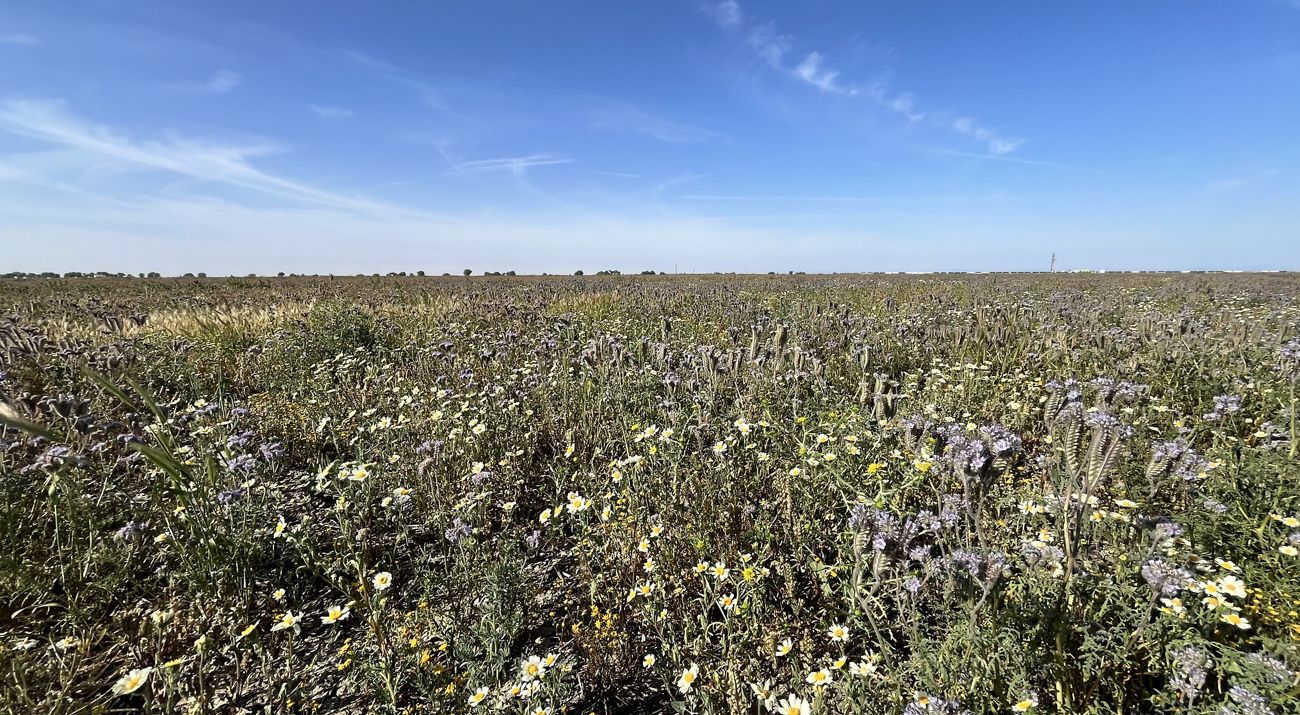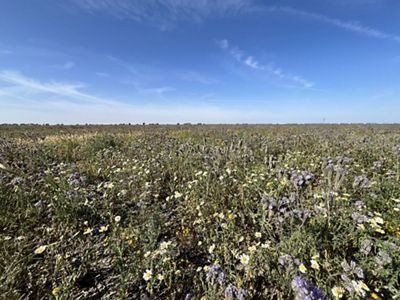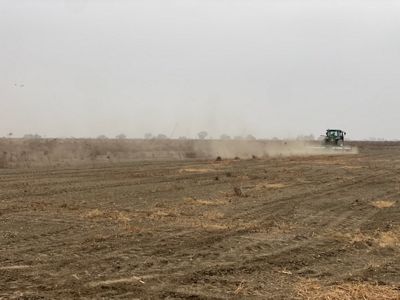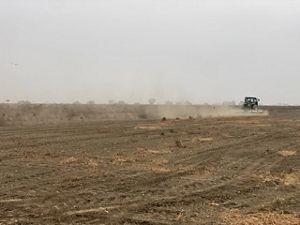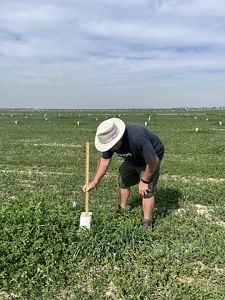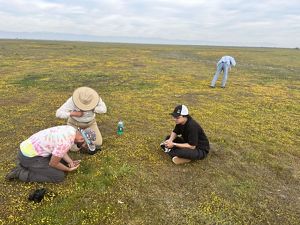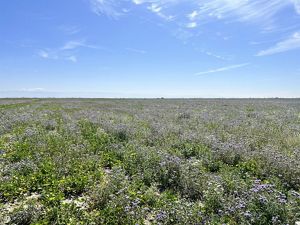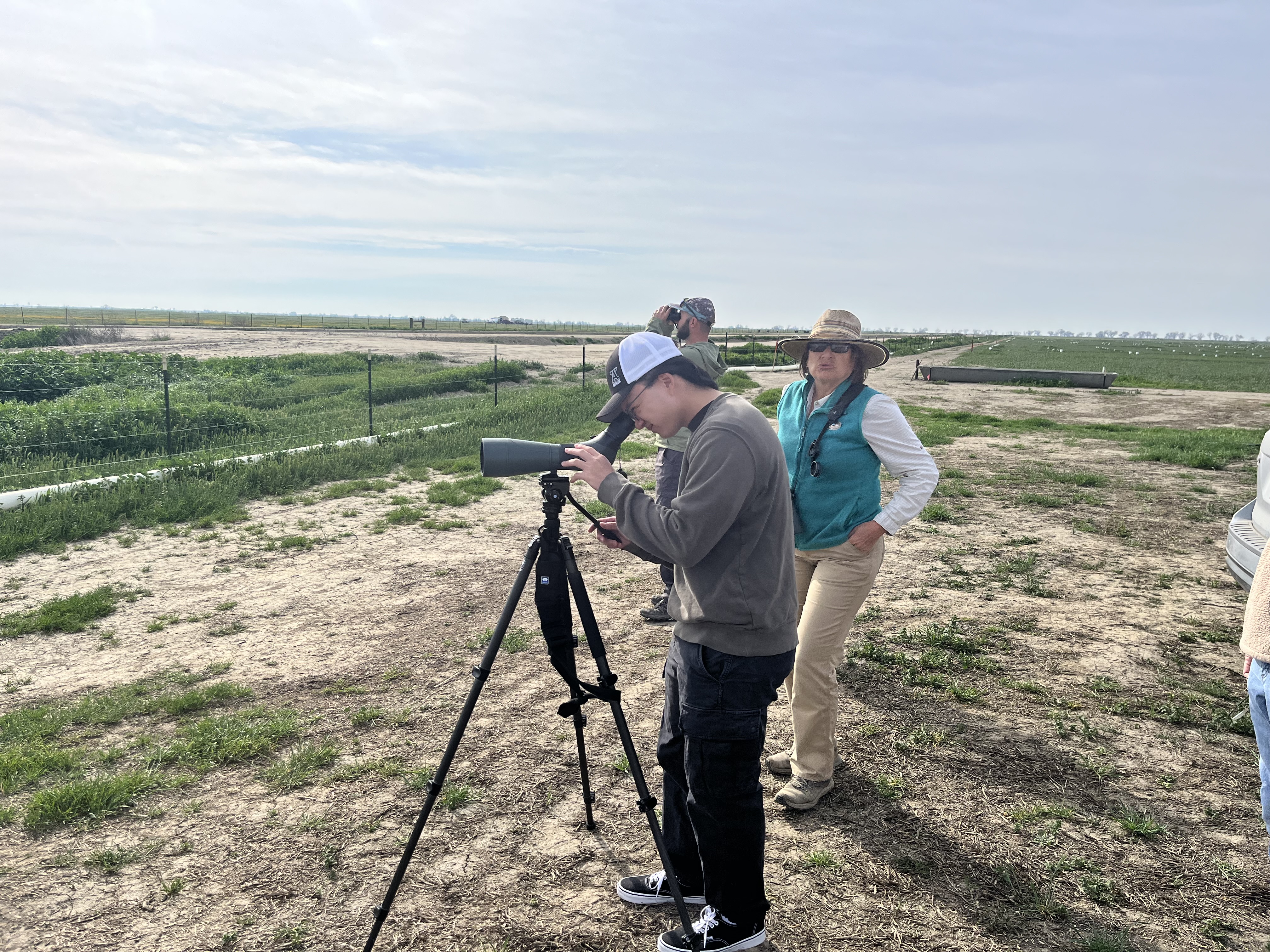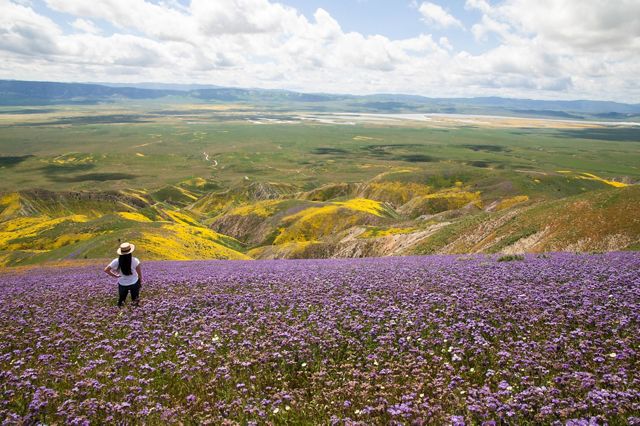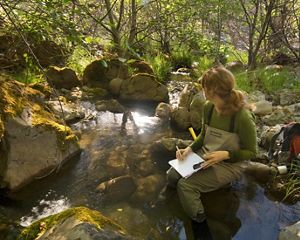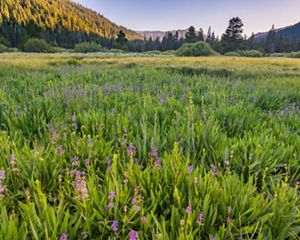Description
After decades as an agricultural powerhouse, the San Joaquin Valley faces serious challenges from water scarcity. A changing climate is only making things more difficult, as drier conditions mean that once-fertile farmlands now lie fallow. In the years to come, retirement is likely for many more agricultural lands due to lack or water or poor soil conditions. Without any vegetation on the land, abandoned fields lead to increased dust and contribute to the southern San Joaquin’s air quality issues, which are already some of the worst in the nation.
But at Capinero Creek, wildflowers bloom in the spring. Why?
